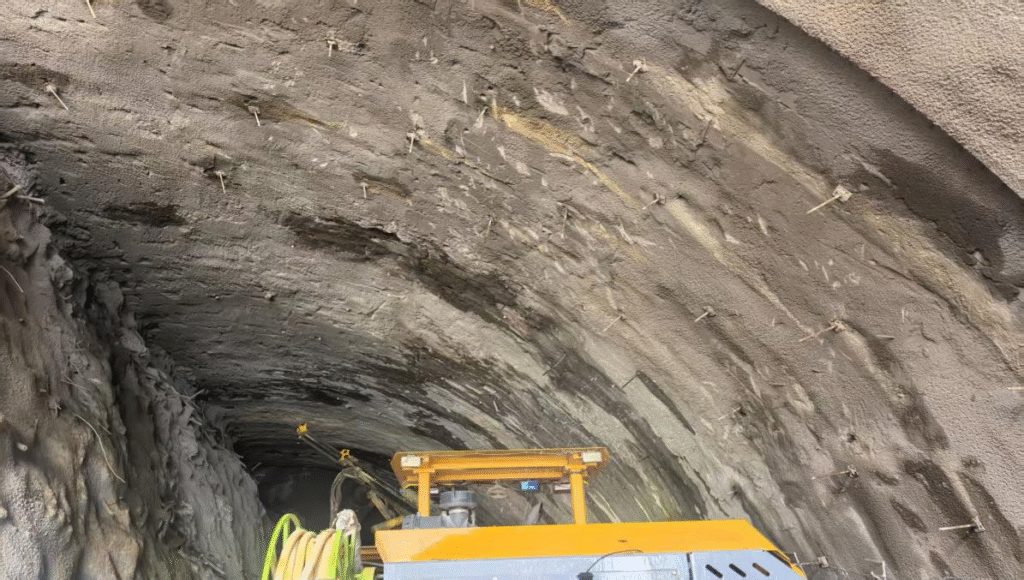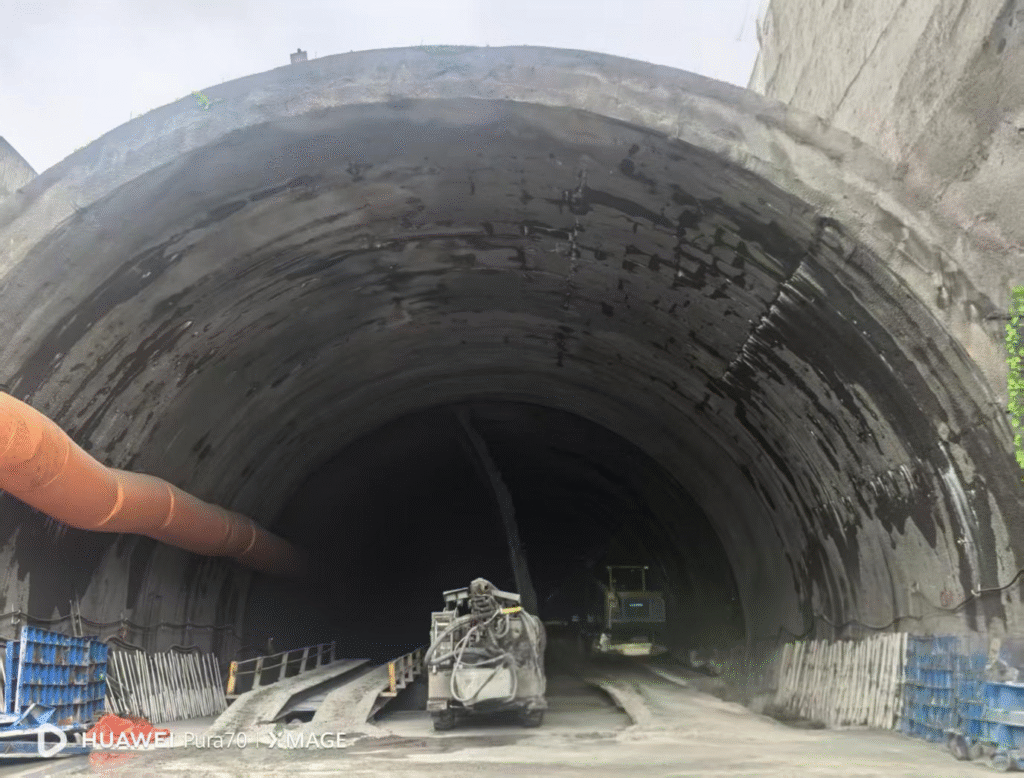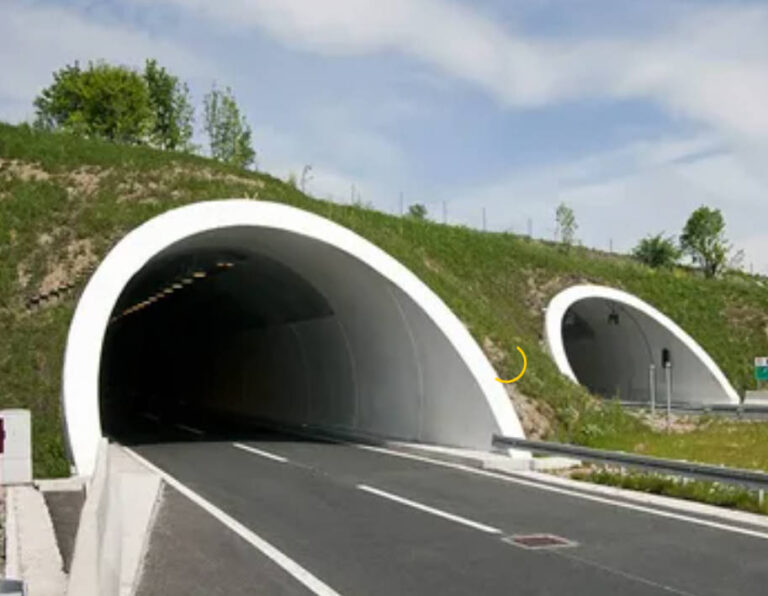What Every Builder Should Know
Knowing how anchor bolts work matters when you’re working in tough ground conditions. In places where the soil is loose, wet, or unstable, regular anchoring methods often take more time and effort. That’s where self-drilling anchor bolts make a big difference.
Self-drilling anchor bolts are anchoring systems that drill and secure in one step using a built-in bit and hollow steel rod for grouting.
They eliminate the need for several stages. Grout is pumped through the rod while drilling, filling gaps and creating a strong bond. This speeds up the process and reduces installation failures.
Understanding how anchor bolts work can help you make better decisions on the job site, whether you’re anchoring a foundation or overseeing a tunnel excavation. This article walks you through how self-drilling anchor bolts function and when they’re worth using.
So, How Do Anchor Bolts Work?
Here is a step by step breakdown of the process
1. Drilling
Using a rotary percussion drill, the bolt is placed directly flush onto the surface. The bolt’s in-built bit is capable of cutting through soil, concrete, or rock, so no pre-drilling is required.
2. Grouting
After reaching the desired depth, the next step is to inject the grout through the hollow rod. The grout flows within the gaps of the bolt and the hole that is drilled, thus filling any gaps and voids.
3. Anchoring
With the grout setting, the bolt is well locked in place. The hardened grout-oversurrounding material bond establishes a trusted anchoring system.

4. Load Application
A threaded section on the exposed end allows plates or nuts to be attached, transferring structural loads through the bolt.
Self-drilling anchor bolts are particularly advantageous in mechanically complicated and geologically weak areas because of the combination of mechanical and bonded anchorage.
Where They’re Most Useful
Self-drilling anchor bolts are used in:
- Tunnel excavation
- Retaining wall support
- Slope stabilization
- Foundation repairs
- Underground mining

Self drilling anchor bolts are optimised for environments where traditional drilling is too slow or risky. Their ability to secure in poor or fractured ground makes them ideal for temporary and permanent applications.
Knowing how do anchor bolts work in such varied conditions helps construction professionals choose the right bolt type for their project needs.
Key Advantages for Builders
Self drilling anchor bolts are becoming non-negotiable for builders. Here are the benefits builders get:
- Fast Installation
By skipping pre-drilling and cleaning, projects move faster.
- Less Need of Equipment
A single drill and the anchor system are often enough.
- Work in Tough Conditions
Whether the site is wet, tight, or uneven, the bolt adapts well.
- Great Results
The combined action of drilling and grouting improves anchorage and reduces the chance of failure.
These advantages can reduce both stress and costs for builders working on unpredictable conditions and looming deadlines.
How to Choose the Right Anchor Bolt
Choosing the right self-drilling anchor bolt requires attention to following elements:
- Ground Conditions
Match the bolt and grout type to the material you’re working with.
- Load Requirements
Know whether the bolt will handle axial, shear, or combined loads.
- Bolt Size and Length
These should align with project specs, not just general estimates
- Corrosion Resistance
Select coated or stainless-steel options for damp and coastal environments.
If you’re looking for a reliable place to purchase self drilling anchor bolts I would suggest Onton Bolt’s product page,where
various sizes and materials are listed with their technical specs.
Mistakes to Avoid
Sometimes efficient teams can make costly errors with anchor bolts. Here are a few things to watch out:
- Neglecting grout flow rates or strength
- Using the same bolt more than once
- Poor alignment of the bolt during installation
- Selecting wrong thread types or plate sizes
- Over-torquing, which can damage the bolt or limit holding power
A right plan and training can reduce these mistakes and refine long-term performance.
Final Thoughts
Now, you know how self-drilling anchor bolts work and why they have quickly become a preferred method for difficult ground conditions. Anchor bolts assist in running a process smoothly, reduce equipment requirements, and offer reliable, long-lasting anchorage.
Before using them, be sure to examine project requirements carefully. Pay attention to the type of ground, load factors, and environmental exposure. When installed correctly, self-drilling anchor bolts provide reliable anchorage with much lower fuss tha traditional systems.





